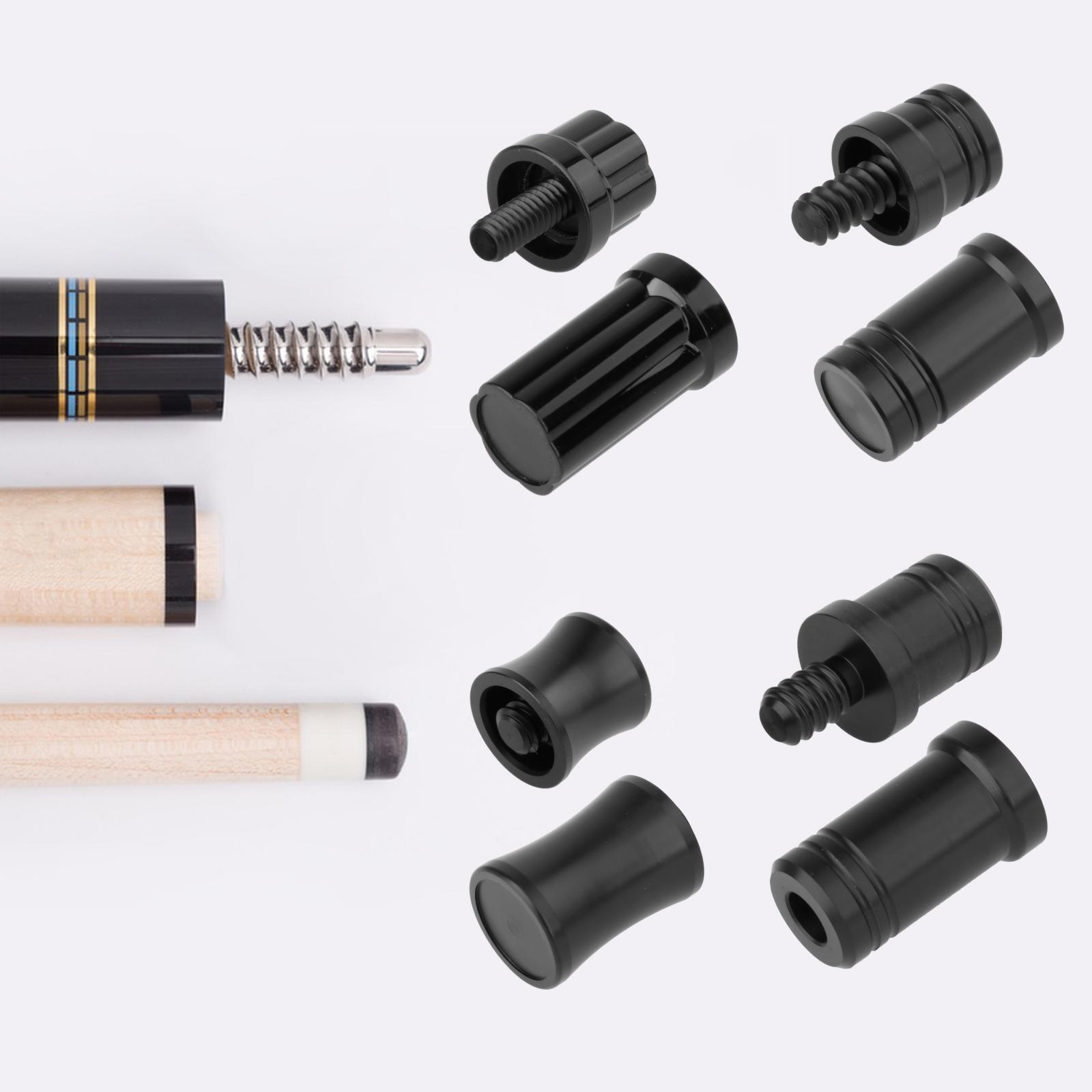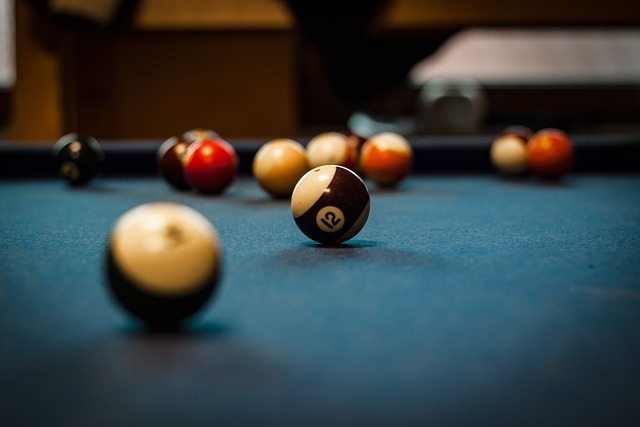
Snooker cues are made from a variety of materials. Some cues have a heavier weight than others and some are lighter than others. Regardless of the material, ash and maple are both great options for snooker cues. Maple is not without its disadvantages so be careful. These woods vary in their whippyness or stiffness. Be careful when selecting your cue.
Materials used to make snooker cues
Ash cues feature clear grain patterns including chevrons or arrows. It can be challenging to bend straight as the graining of ash cues is often uneven. To avoid potential problems, you should carefully choose your cue.
Ash cues have traditionally been made from English ash. This has decreased in popularity due to falling laws. More recently, demand has moved to American ash, which is straight grain. English ash cues can be darker and heavier than those made in the USA and often have visible chevrons. Acer saprum maples can also be used, though they are more expensive. Maple timber is fully kiln-dried, and then seasoned for at a minimum of 12 months.
The same was rolled and bound.
Ash is a dense, lightweight wood that is great for making a snooker cue. It is not as expensive and luxurious as luxury snooker snooker ues. It has a little bit of flexibility, making it easier to spin. It also has less deflection than other types of wood.

Maple and Ash are two of the most common timbers for cue shafts. Maple and Ash both have a high degree of rigidity and playability. Some models are equipped with brass or polymer ferrules.
Responsive towards wear and tear
It is essential to care for your snooker cues. You should store them properly, away from direct sunlight and moisture. To prevent warping and damage, they should be stored on a cue board. Protect them from chemicals and abrasive materials like sandpaper.
Weight gain is one way to maintain them in good shape. It is important to select a cue that is at least 17 ounces. Anything less than that can cause strain on your arm. Over acceleration can be caused if your cue is heavier than this.
Add weight to the butt
To achieve a proper balance, the weight of the butt is very important. While many cues can be made from ash or maple, some are made entirely from it. Some cues can be decorated while others are more plain and basic.
The shaft's butt is a larger, heavier piece that is attached to it by a screw. The shaft is a smaller and narrower piece. These two pieces are connected at the butt where a male and female screw go through. Cue joints are made from wood, brass, or plastic. Most common are brass to-brass joints.

Rolling and bouncing are the same
One of the most well-known types of snooker cues is the ash billiard. Ash snooker dice weigh around 18 to 20 ounces. This is significantly lighter than the heavier billiard balls. Snooker cues are mainly made from ash, although there are some made from maple.
Ash snooker snooker cups are also cheaper than other materials. It will depend on how much they cost wholesale. It's therefore easy to find a cue at a fair price.